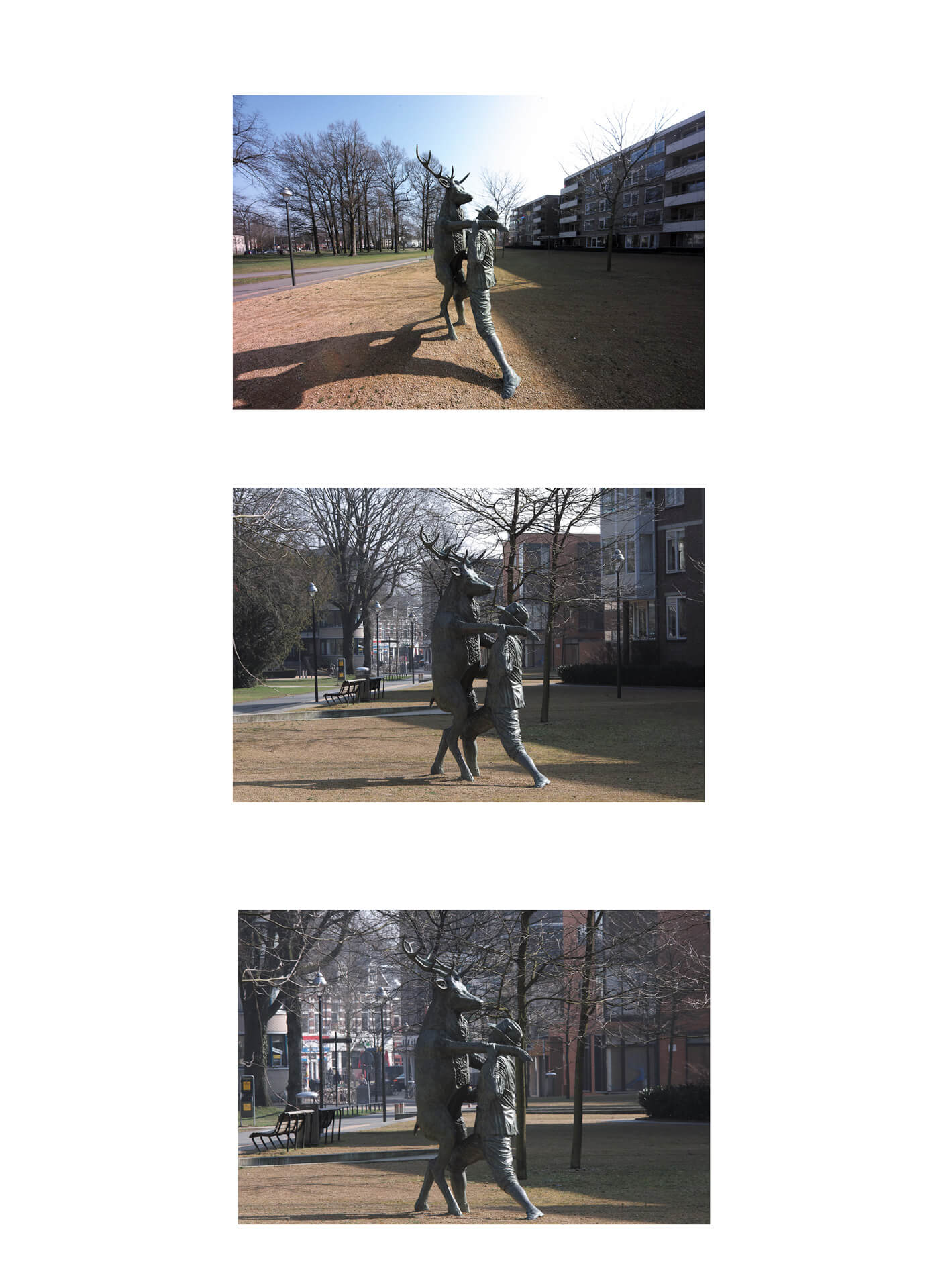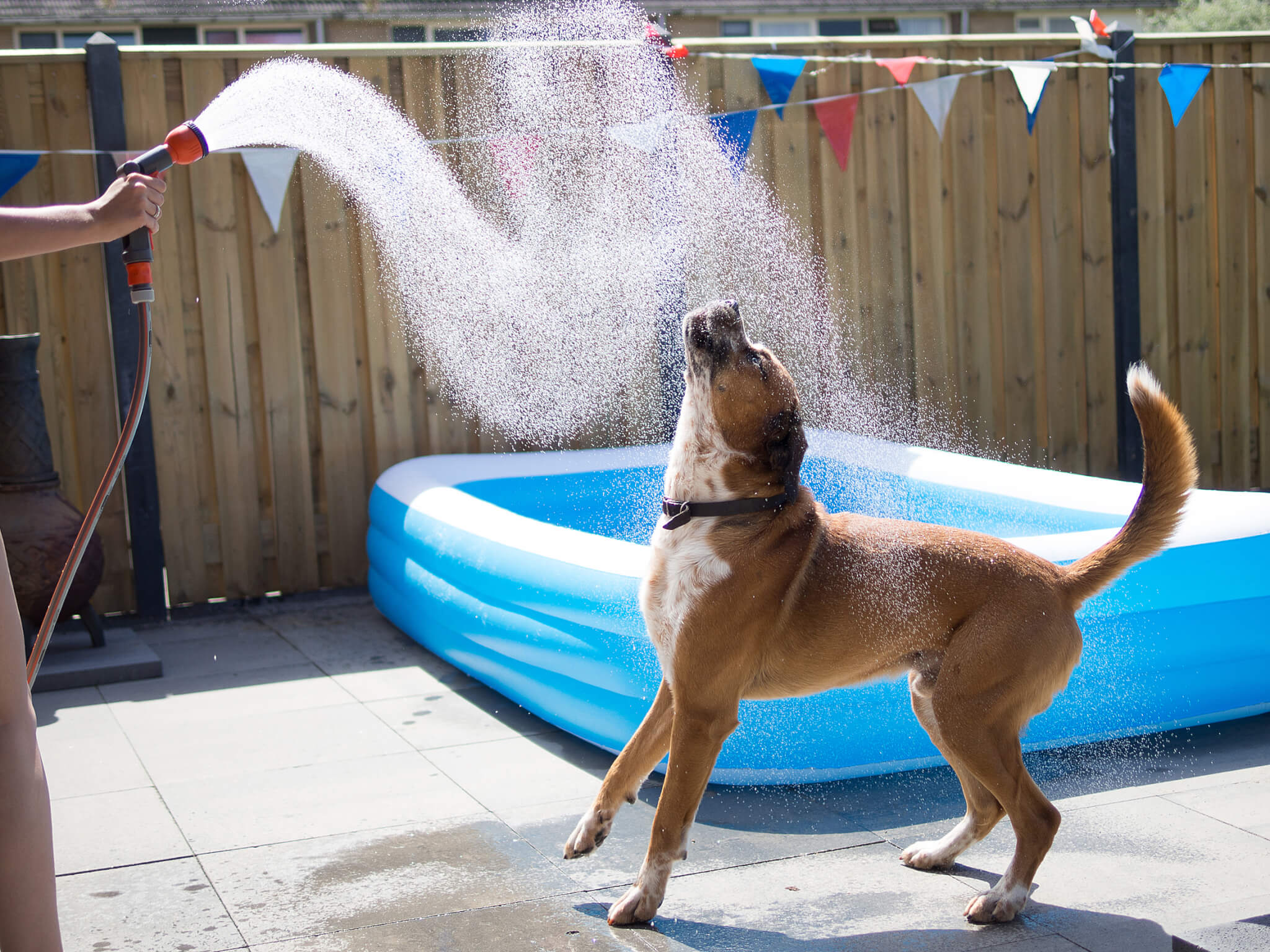As a viewer, you see the view and the moment the photographer has chosen.
As a viewer, you see the view and the moment the photographer has chosen.

By using a wide-angle lens, you can photograph closer to your subject. This creates dynamic images. As a viewer, you feel like you're part of the scene. The size differences you perceive between visual elements near and far are equivalent to how you normally perceive them.
Perspective

Do you include the overflowing trash can in your image, or do you take a step forward or zoom in a bit? Is the background really nice for this portrait, or should I walk around my subject to get a calmer background? By including the garden hose in your image, you see where the water comes from, while the dog remains the subject. Is there a streetlight growing out of your subject's head? Do you include the guitar in your image because it tells something about your subject?
